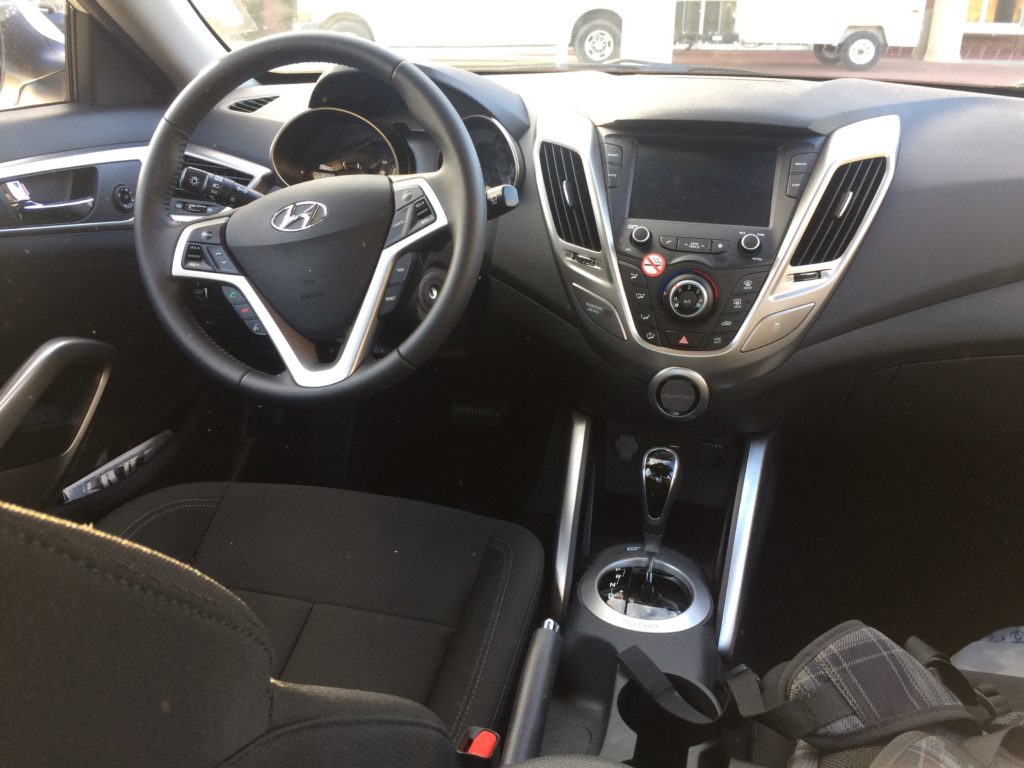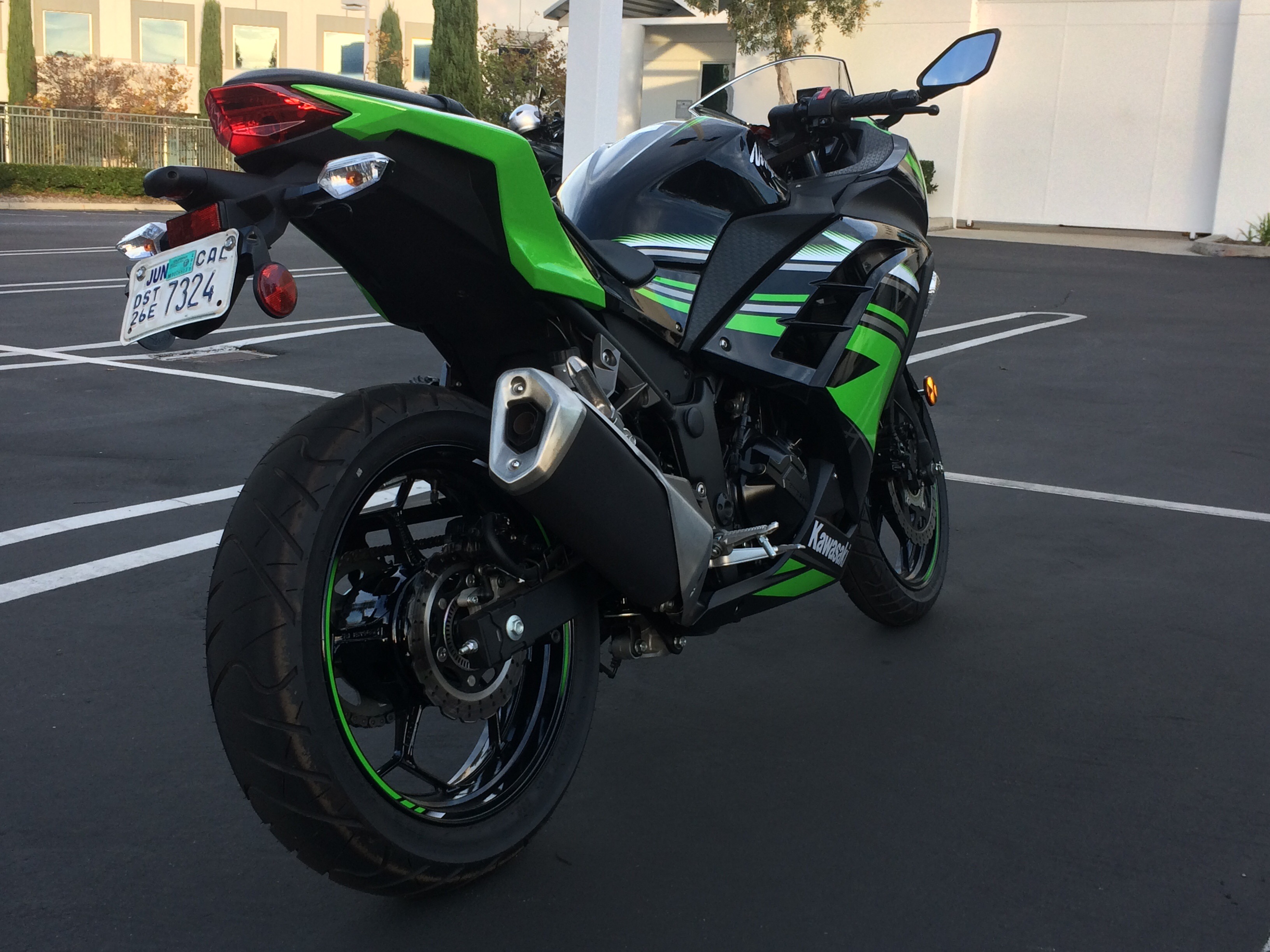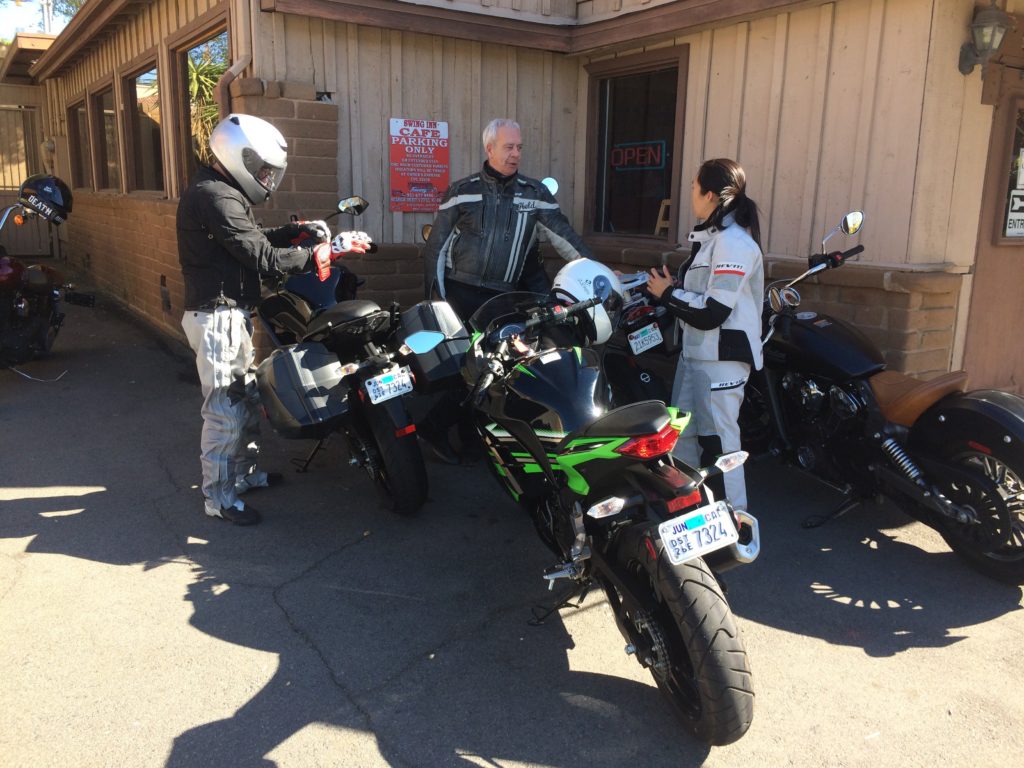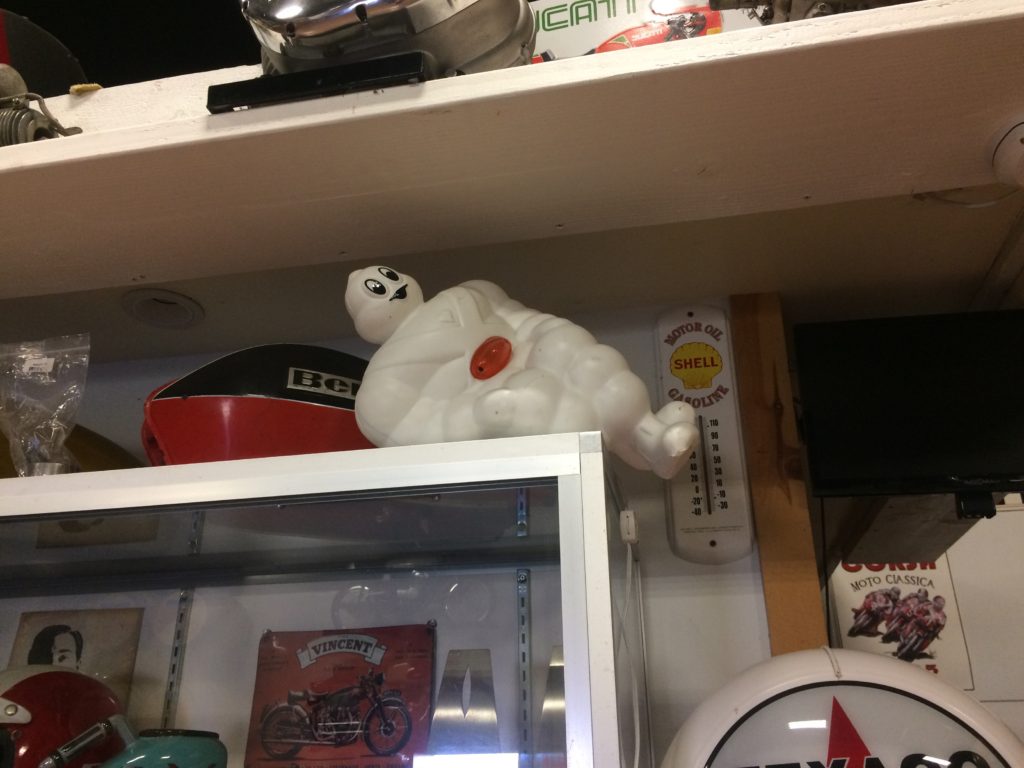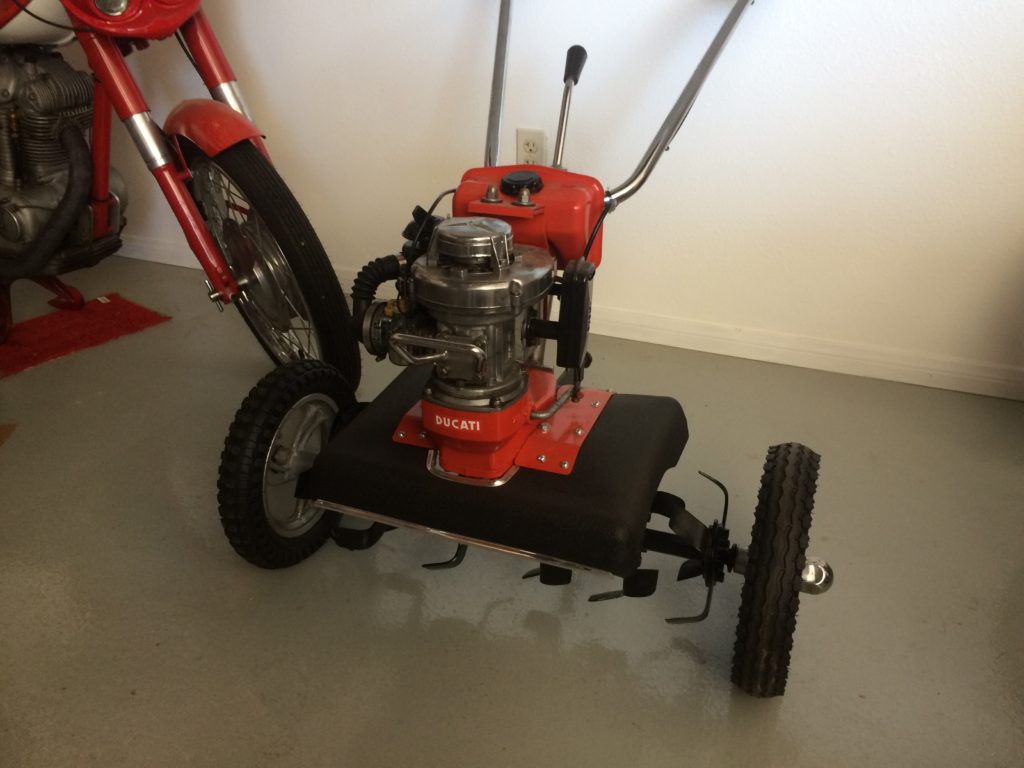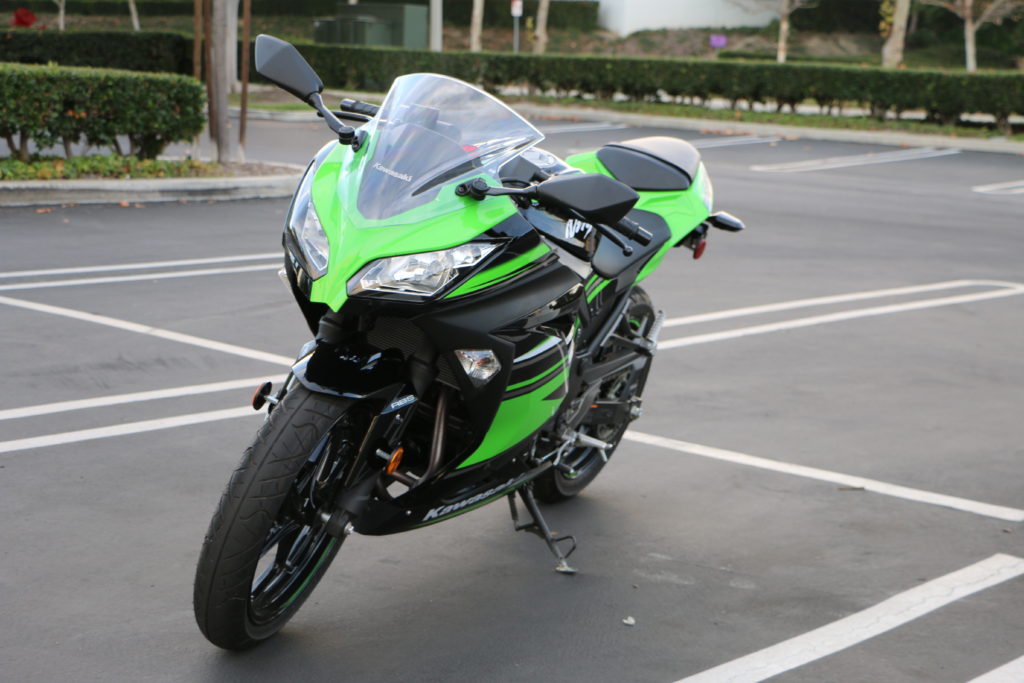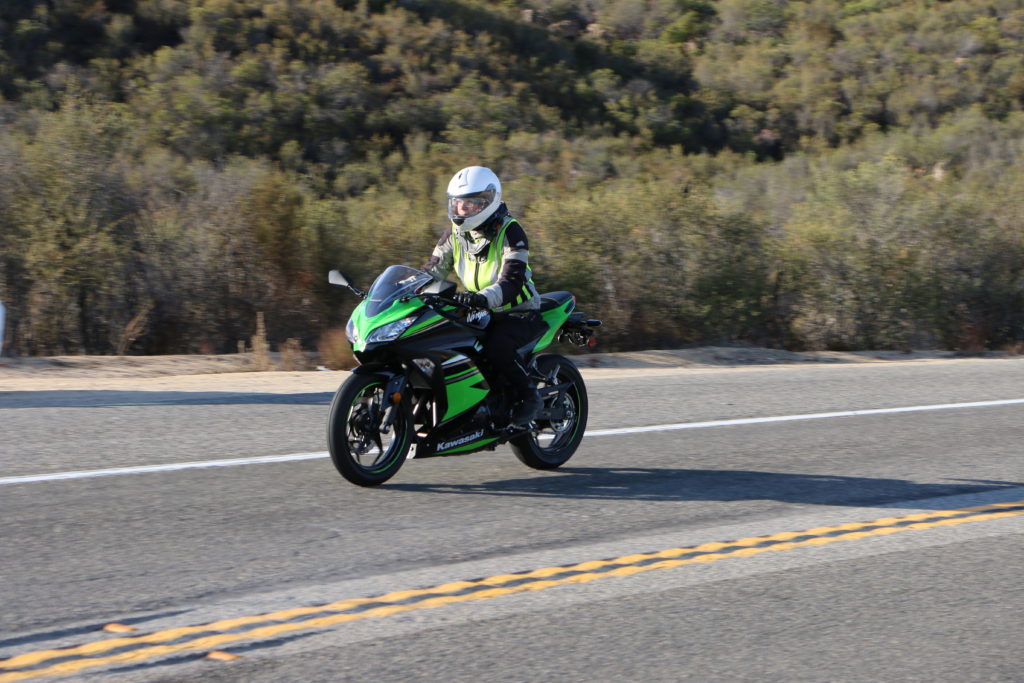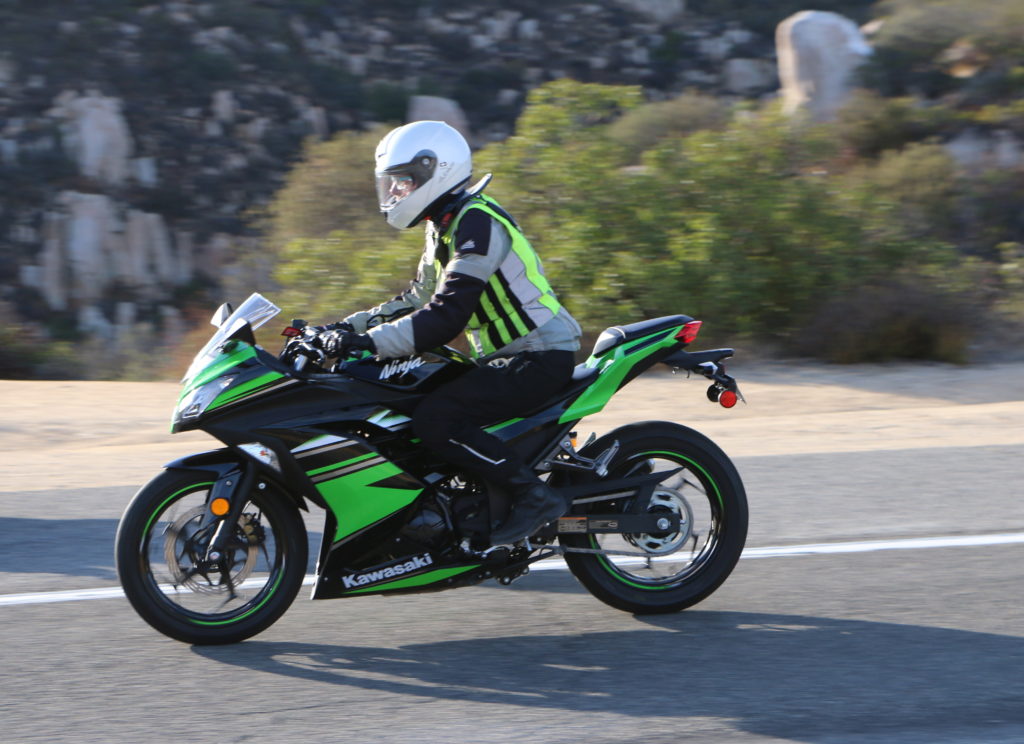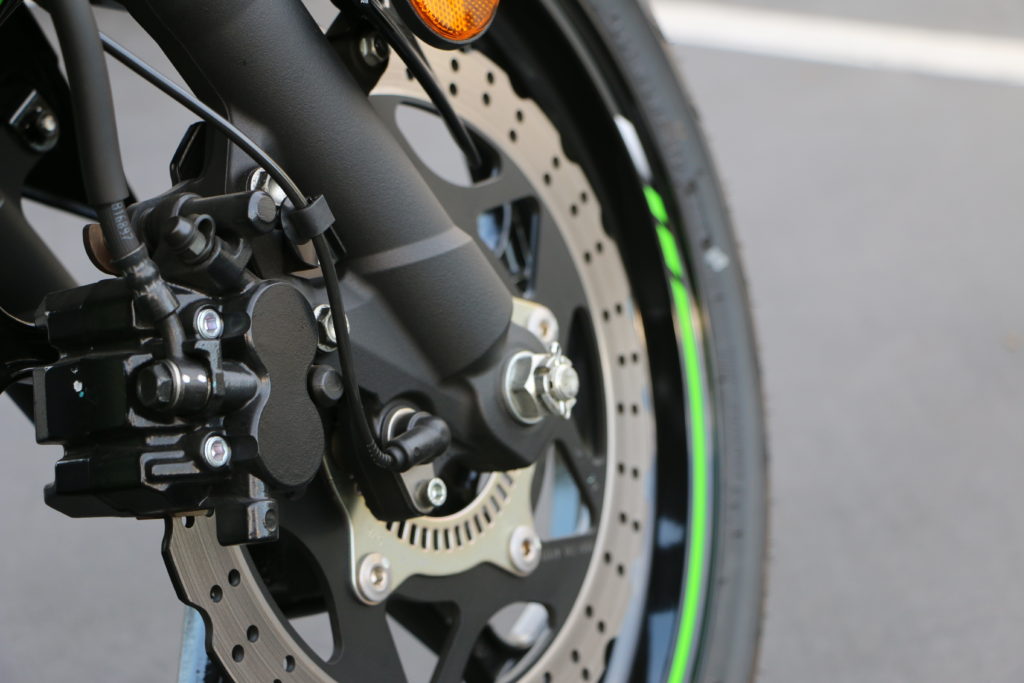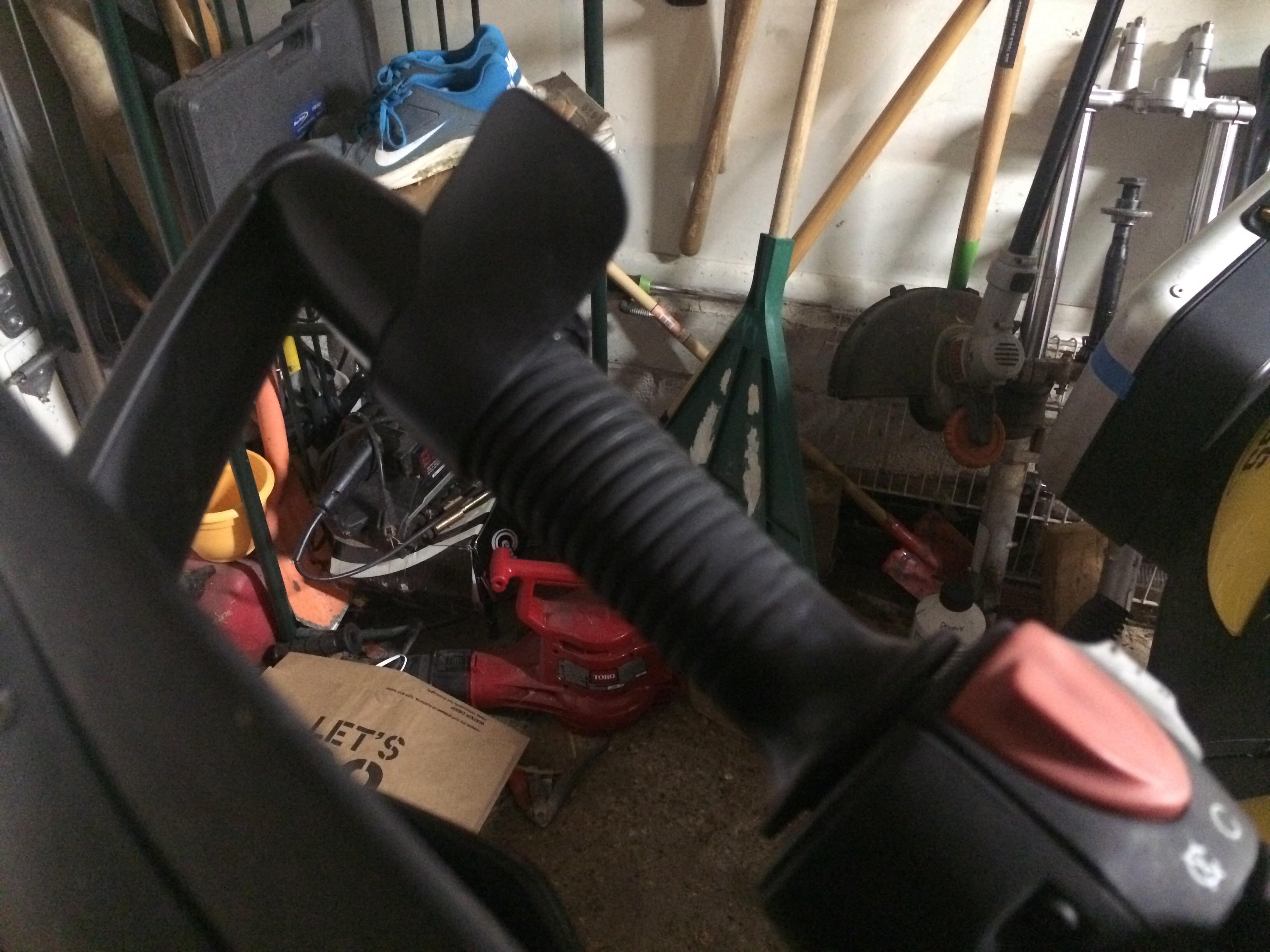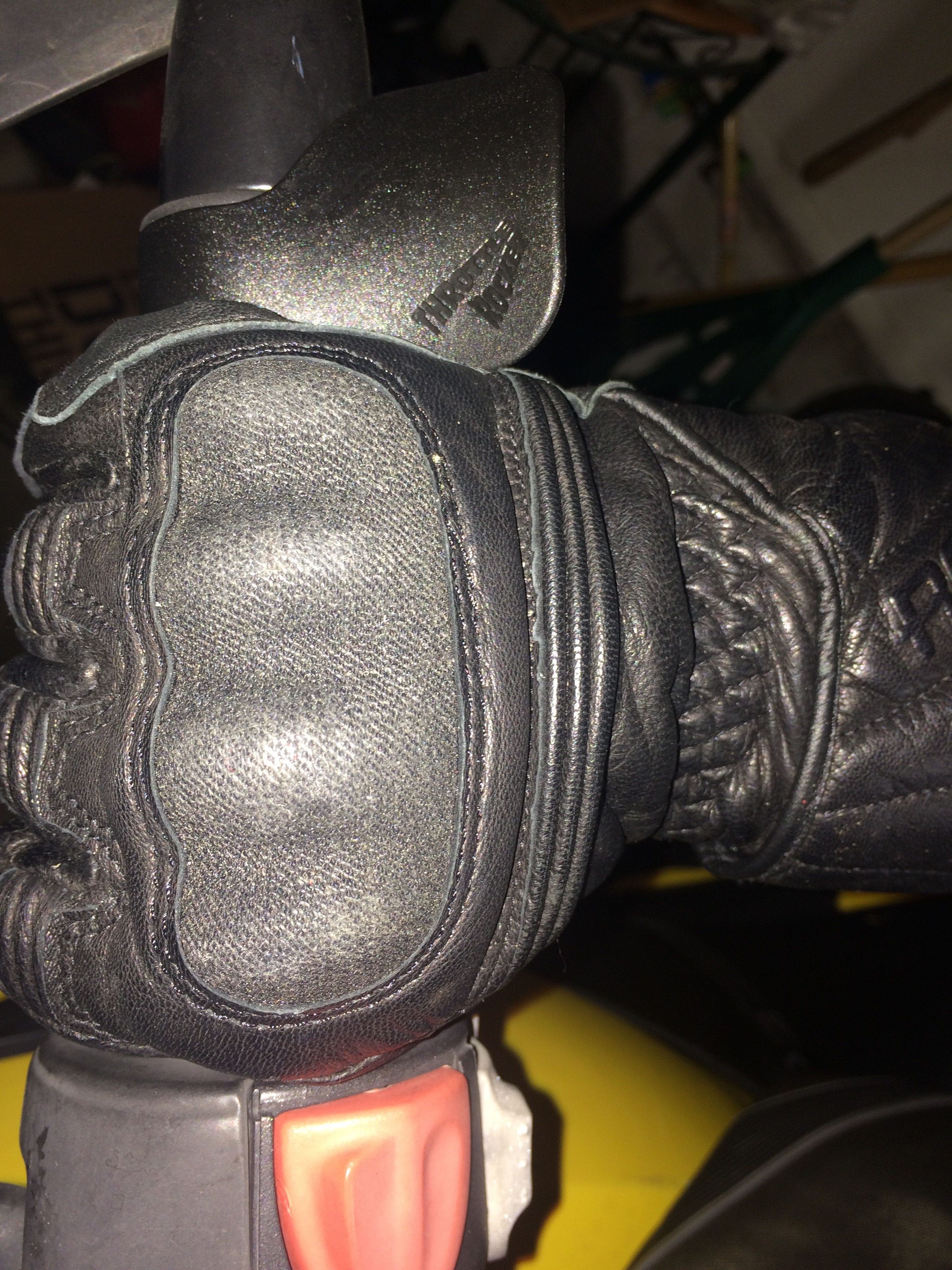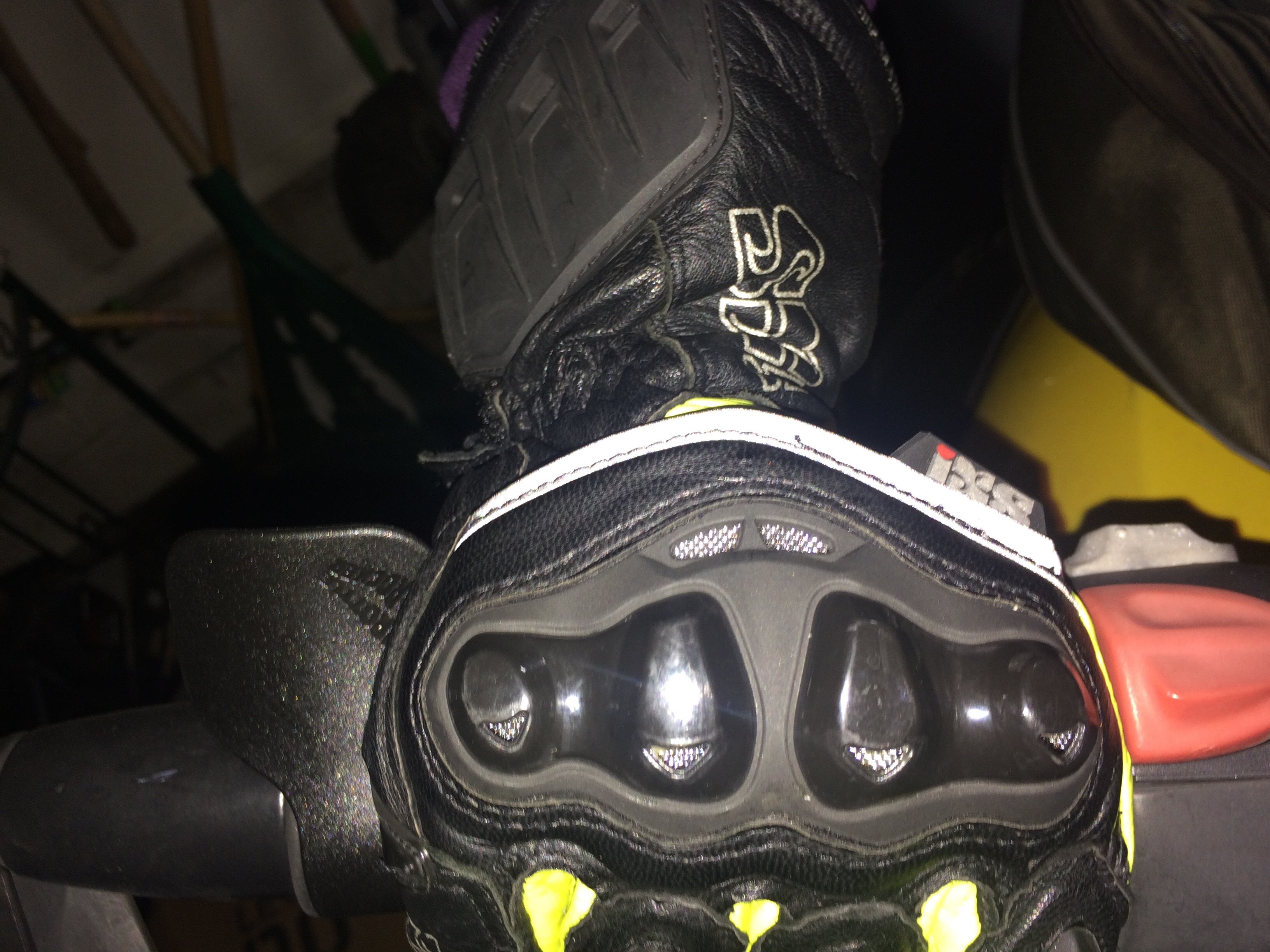Every year I add to my motorcycling story. I learn something new, or I reinforce something that I knew, but didn’t use enough or forgot or just never really understood. This year, it’s that thing with the knee. A catch, though – I don’t mean my inside knee.
Some years ago, I was rounding a hairpin in the Alps and was headed for a wall. I managed to jerk my head around at the last minute, put some weight on the outer peg, and force myself to relax and let the bike do its thing. Of course, the moment I did those things, the bike magically came around and I went on through the curve like I was supposed to. There was one peculiar sensation that I felt that had me thinking – as I relaxed on the bike, I felt it holding me up. As I came out of the turn, I felt the bike stand up under me, pressing into my outside knee. My first thought was that this must be what hanging off feels like! Not that I was off the seat or anywhere near hauled over, but that the bike was doing the work for me. I was just piloting.
I made a lot of assumptions there, but the thing with the outside knee has been a point of interest for me since then. This year, I tossed up my riding calendar quite a bit and put a long, twisty trip at the start of my season instead of waiting until the end. Instead of spending my summer commuting on Michigan’s boring, straight A-to-B roads, I pushed myself into the fun stuff right away. The (wonderful) result is that I remembered that thing with the knee and have been (and will be) playing with it for my whole warm season this year, instead of only remembering it at the end.
Technique is important to every rider, on the GP course or a sandy trail or anywhere in between. Clearly, it is not sufficient to relax and drape oneself over the bike and pray. This is effective, but kind of scary. One must control not so much the bike, but one’s body position relative to it. I learned early on about gripping the tank with my knees instead of deathgripping the bars. That is nice, but what about when you don’t want to go straight or sit in the same position all the time? How do you grip the tank with only one knee? There is way. It requires good boots and a little sense of geometry.
Gripping the tank is important because it stabilizes your lower body on the bike and allows your upper body to relax and freely move while still maintaining some form of referential position to the steering head and bars. It extends the frame of the bike up through your hips. Simple geometry reminds us that there is now a triangle of femur, femur, and tank. Triangles are very stable constructions! Additional fixture points are your feet on the pegs (more triangles!), as any dirt rider who prefers to stand on the bike will tell you. One your body is fixed to the frame, you can move around quite a bit up top and still be sure that you will not have any wierd steering inputs.
Fixturing to the bike frame with one knee is not so obvious, unless you are the aforementioned dirt rider. I start by insuring a solid grip on the outside footpeg. This is where decent boots come into play – if you cannot gain purchase on the footpeg or your boot slides under force, you will struggle with this. Both hooking (your arch on the peg) and balling (up on the ball of the foot) are just fine for this, although balling allows you a bit of finesse that hooking doesn’t. It’s your outside foot and you won’t grind it off. The goal is to have a solid contact point with the structure of the motorcycle. Once the foot is in place, press your knee (of the same leg, natch) into the tank. Hard. This forms a triangle of lower leg, footpeg, and frame (ok, motor/frame/tank, it’s a solid thing, ok?). You are fixtured to the outside of the of the motorbike. From this point on, it’s what you do with your top and inside halves that makes the riding magic. The fixturing is the base you build on.
The fixing to the bike in this case has the same goal as gripping the tank – fixing your lower half to the bike in a manner that allows free motion of the body parts that will impact steering geometry (shoulders, arms, etc) in the desired way. Once the outside knee is solidly mated to the tank, even the outside femur is free to move (!). This, of course, leads to that other thing with the knee, the grinding off of knee pucks, when motion of the outside femur results in sideways displacement of the hips from the motorbike’s seat.
This one-sided fixturing technique is hardly rocket science, but it can lead to more confident riding in all conditions. It forces the rider to put pressure on the outside peg – a key component of pro cornering. It encourages the rider to move around on top of the bike, improving balance skills. And it gives the rider a more profound sensation of what the bike is capable of by transmitting more of the bike’s willingness to both drop in and stand up to stand up to the rider’s body. Instead of moving the hips – a somewhat disconcerting feeling to many newer riders – this moves the knee and imparts the feeling that the bike is supporting the rider, not the other way around.
I’m enjoying it, even in Michigan, on our profoundly boring roads. What few turns we have are more interesting and more engaging. I might even get around to hanging off one day, who knows. You know, do that other thing with the other knee.



